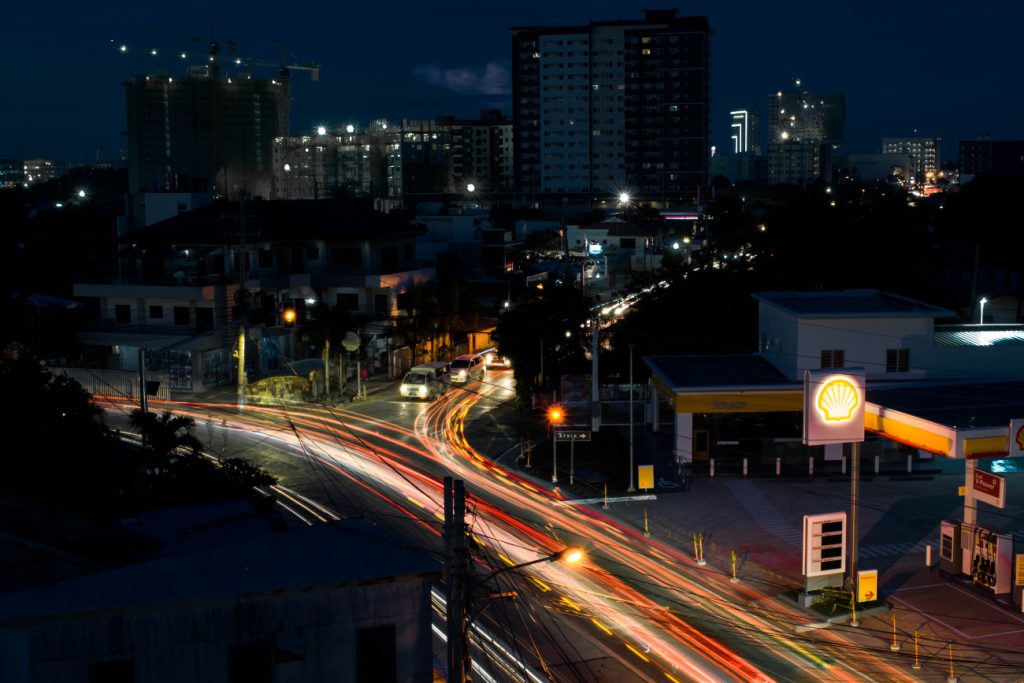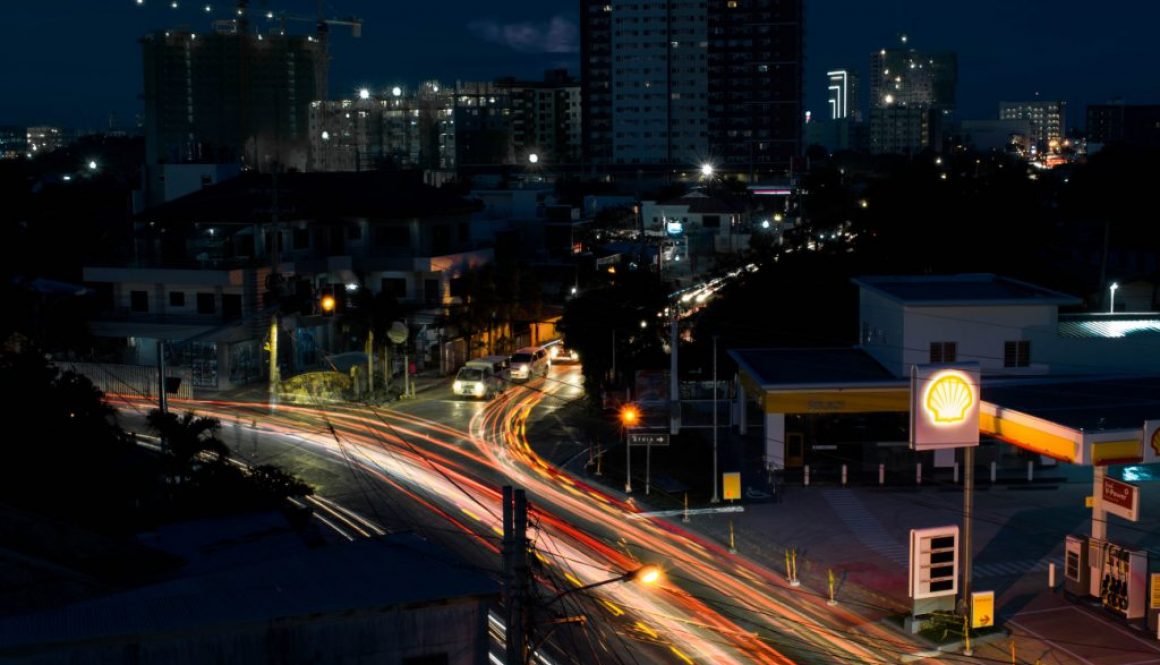Safety Tips For Driving At Night
Safety Tips For Driving At Night
Driving at night can come with its challenges. While the roads can be quieter, there can be added dangers to be wary of. Below are a few tips on how you can stay safe while driving at night.
Checking your vision
If you’ve noticed that your vision is starting to deteriorate, it could be essential that you get an eye test before doing any more driving. Driving with impaired vision can be dangerous in normal daylight, but it can be particularly dangerous at night when our eyes are already straining to see what is in front of us.
An eye test will help you to find out what your prescription is. Once you know your prescription, you can choose to either buy glasses or contact lenses. Go to this site and you’ll find a wide range of frames to browse. To ensure that you always have a pair of glasses for driving, it could be worth keeping a pair in your vehicle at all times.

Reducing glare
Glare from oncoming headlights or streetlights can make it very difficult to concentrate on the road in front and is a big cause of many accidents when driving at night. Many drivers have a tendency to drift from their lane when blinded by glare. Always try to focus on the centre line of the road during moments of glare to avoid drifting.
Glare is likely to be worse if you have a dirty windscreen. Make sure that your windscreen and all other windows are clean before driving at night.
If you wear glasses, you may also find that these create glare. Keeping glasses clean could prevent this. There’s also the option of adding an anti-reflective coating to your glasses, which can reduce flare significantly.
If a driver behind you is dazzling you with their headlights, you may be able to adjust your rear mirror to combat this. Many modern vehicles have an anti-dazzle switch. If your vehicle doesn’t have this switch, simply move the rear mirror upwards slightly and back to prevent glare.
Using headlights
When driving at night, it’s essential to always use headlights. Modern road vehicles typically have four modes of headlights: dipped, full beam, fog and side lights. Knowing how to use each of these headlights can be important for improving your own visibility and keeping other drivers safe.
Dipped headlights are not as bright as full beam headlights and are useful for driving in low level lighting. When it becomes darker, you’ll want to switch to full beam headlights. However, if you’re on an unlit road and see an oncoming driver, it’s worth temporarily switching to dipped headlights to avoid dazzling them.

Full beam headlights are much brighter and should be used whenever you are driving at night or when visibility is reduced (such as in rain). Switch to dipped headlights when faced with oncoming drivers on unlit roads.
Fog lights should be used when visibility is seriously reduced below 100 metres. If you’re driving in fog or dealing with sea spray and can barely see the car’s headlights in front, this is a good time to use fog lights. Never use fog lights on a clear night as they can seriously dazzle other drivers.
Side lights are often activated when you turn on the headlights, however some vehicles have the option to turn them on separately. This can be useful for increasing visibility for other drivers in rain or low lighting when you may not necessarily need to put your headlights on. Side lights can also help to illuminate your vehicle when parking.
Planning your journey
It’s important to always plan out your journey in advance when driving at night. This can help you to take the safest route, as well helping you understand timing so that you can set off at the right time.
Ideally, you should try to stick to main roads that are well-lit. Main roads are likely to be easier to navigate. It’s much easier to miss signage and turning when driving on side roads at night.
If you have to be at a destination by a certain time, make sure to give yourself enough time to get there. If you do end up taking unlit roads, you’ll likely want to drive these at a slower pace than you would during the day. Leaving yourself time can stop you from feeling pressured to drive fast, potentially preventing you from having an accident.

Drowsiness
Driving at night can naturally make many people feel drowsy. If you start to feel your eyelids growing heavy, pull over and try to rekindle your energy. When taking a long journey, it may be sensible to stop off somewhere for the night rather than fighting through the drowsiness. If you’ve only got a short journey ahead, grabbing a coffee or an energy drink could be advisable to help you feel more alert.
Driving after drinking alcohol
Driving after a night of drinking will find you committing an offence, risking the life of you and others and should never be considered. Your reactions will already be inhibited by the lack of visibility – adding alcohol to the mix could make things even more dangerous. When attending an event in which you know you will be drinking, get someone else to drive you there. Either take a taxi or ask a friend/family member who also isn’t drinking.

Dangers on the road to look out for
At night, you can expect added dangers on the road. A few dangers to be wary of include:

· Wildlife: Many types of wildlife are more active at night. This includes larger animals like badgers and deer. When driving on country roads, there may be a greater risk of coming across these animals – so stay alert.
· Roadworks: Roadworks are more frequently carried out at night when the roads are quieter. This could be something to factor into your journey planning.
· Cyclists: While many cyclists use lights and wear fluorescents at night, there are some that don’t. In urban areas, be wary of this when driving at night.
· Pedestrians: In areas with a lot of nightlife, be wary of pedestrians – especially drunken pedestrians who may not be as alert and hence more likely to wander out onto the road.
Driving at night is a good time to be on the road, there is less traffic and you can make progress. Remember these tips to ensure a safe journey to your destination.


